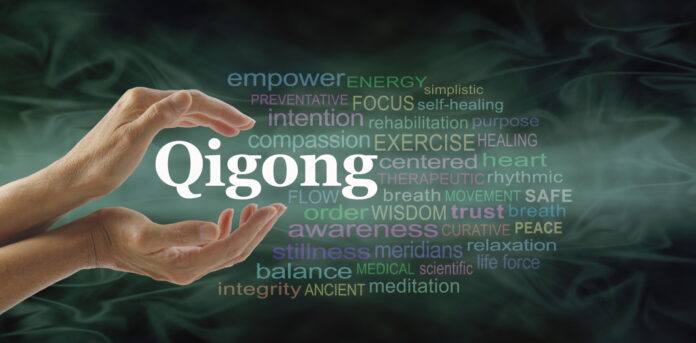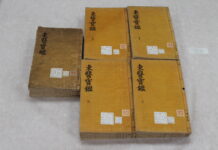By Hey Soon Jeong, PD, L.Ac., Jun Yoon, Jeff Millison, M.Ac., L.Ac., Academic Dean of VUIM
From December 2020, the Acupuncture times start to publish research papers or articles regarding Asian Medicine to our readers. Due to the limitation of the newspaper’s space, the article will be printed in edited format to fit for newspaper pages. For this month, an overview of Qigong will be shown.
The newspaper clarifies that Qigong is a Chinese expression, and China is not the only country practicing Qigong. In Korea, Japan, and Vietnam, Qigong was developed and practiced in each country with unique forms and philosophies.
This article examines the theory of Qigong, its history, different systems and classification, principles, comparisons of Tai Chi and Yoga, and evidence-based health Benefits, as well as investigating how Qigong is being applied in the actual integrative health care system. YouTube videos of instructional Qigong are also included.
- Overview of Qigong
Qigong is a popular meditative exercise worldwide. According to ⑴the PubMed article written by W. So, et al. from 2019, roughly 50 million Chinese people practice Qigong to improve their health and prevent diseases, and more than 7 million American adults practice Tai Chi or Qigong daily.
What does Qigong mean? While Qi means vital energy, the force of life, or the breath of air, Gong means mastery of a skill cultivated through steady practice. Putting the two terms together, Qigong is interpreted as practices or exercises to cultivate and balance life energy. The ⑵2010 PubMed article by R. Jahnke et al. offers an alternative definition of Qigong as cultivating or enhancing the human being’s inherent functional and energetic essence. Qigong is a discipline that incorporates widely diverse practices to cultivate functional integrity and the enhancement of the life essence, Qi. According to the National Qigong Association, Qigong is a movement-based mind-body-spirit practice to improve mental and physical health by coordinating posture, movement, breathing technique, self-massage, sound, and mindfulness.
Qigong is one of the pillars of Traditional Chinese Medicine (TCM). Qigong allows individuals to cultivate Qi, which is associated with physiological and psychological functionality. In traditional Asian medical theory, Qi’s smooth flow along acupuncture meridian channels in the body is considered a condition of sound health. Jahnke explains the effect of Qigong from the Western perspective, writing that Qigong practices would activate naturally occurring physiological and psychological mechanisms of self-repair and health recovery.
⑶The 2017 PubMed article by JL McQuade, et al. describes Qigong as a low-impact meditative exercise with slow and gentle movements. The postures and physical movements have meditative, flowing, and dance-like motions, sitting or standing meditation postures, and gentle or vigorous body shakes, all of which are rooted in breath and mindful intent. A fundamental underlying philosophy of the practice is that any form of Qigong affects the cultivation of Qi’s balance and harmony, positively influencing the Qi pathways that function as a holistic, coherent, and mutually interactive system.
References
⑴So, W., Cai, S., Yau, S. Y., & Tsang, H. (2019). The Neurophysiological and Psychological Mechanisms of Qigong as a Treatment for Depression: A Systematic Review and Meta-Analysis. Frontiers in psychiatry, 10, 820. https://doi.org/10.3389/fpsyt.2019.00820 (Impact factor : 3.532)
⑵Jahnke, R., Larkey, L., Rogers, C., Etnier, J., & Lin, F. (2010). A comprehensive review of health benefits of Qigong and tai chi. American journal of health promotion : AJHP, 24(6), e1–e25. https://doi.org/10.4278/ajhp.081013-LIT-248
⑶McQuade JL, Prinsloo S, Chang DZ, et al. Qigong/tai chi for sleep and fatigue in prostate cancer patients undergoing radiotherapy: a randomized controlled trial. Psychooncology. 2017;26(11):1936-1943. doi:10.1002/pon.4256 (Impact factor : 3.455 in 2017)
Holden Qigong.(2020). History of Qigong. Retrieved from https://www.holdenqigong.com/history-of-qigong/





































